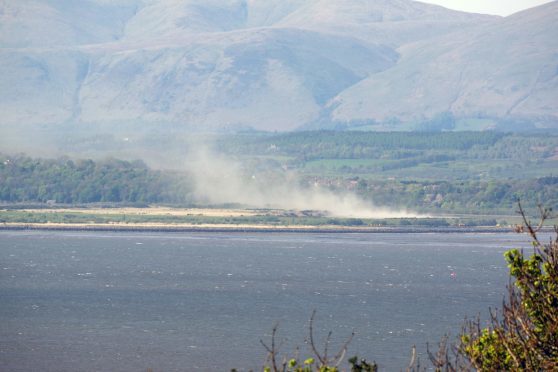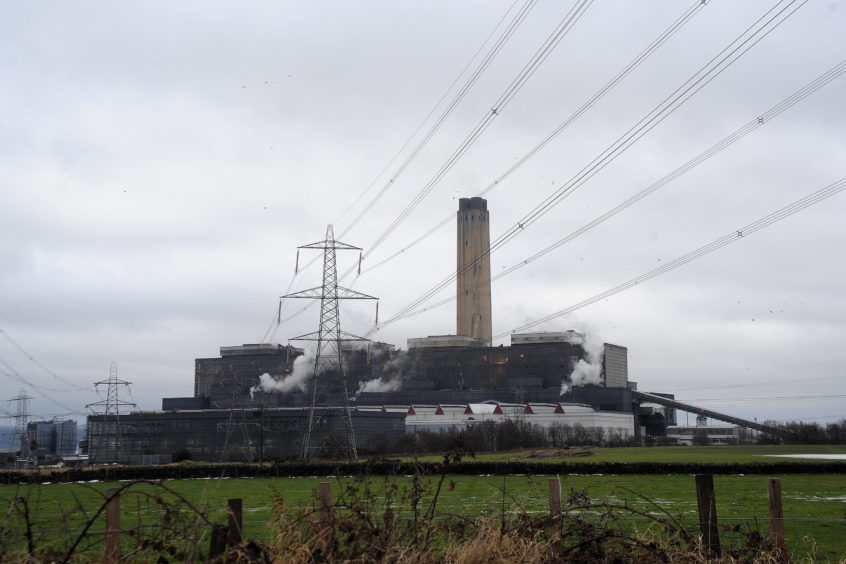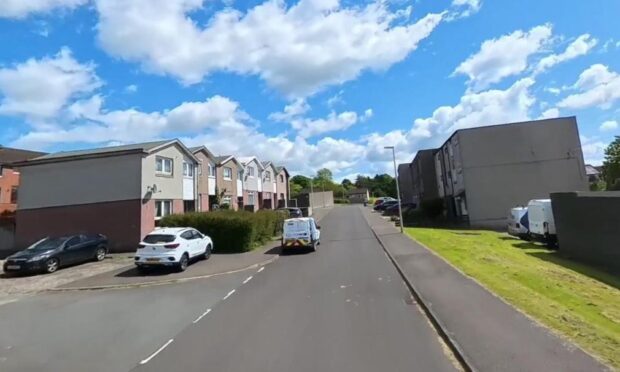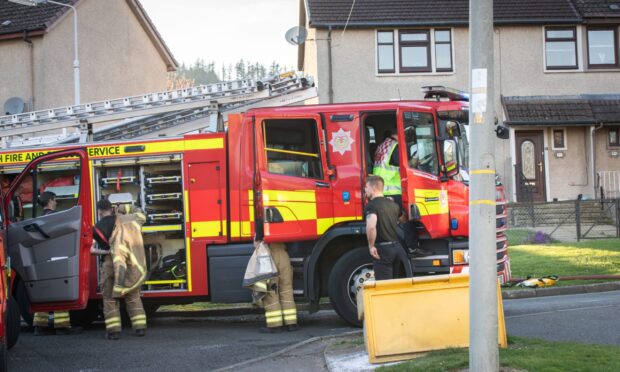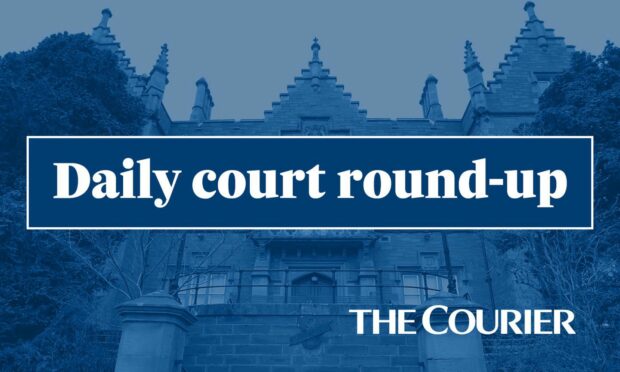Plans to prevent a repeat of the dust clouds which have blighted west Fife villages are set for approval.
The central and west planning committee will be asked to approve Scottish Power’s plans to permanently cap three lagoons containing ash from the former coal-fired Longannet Power Station at Kincardine next week.
The station closed in 2016 and has now been demolished.
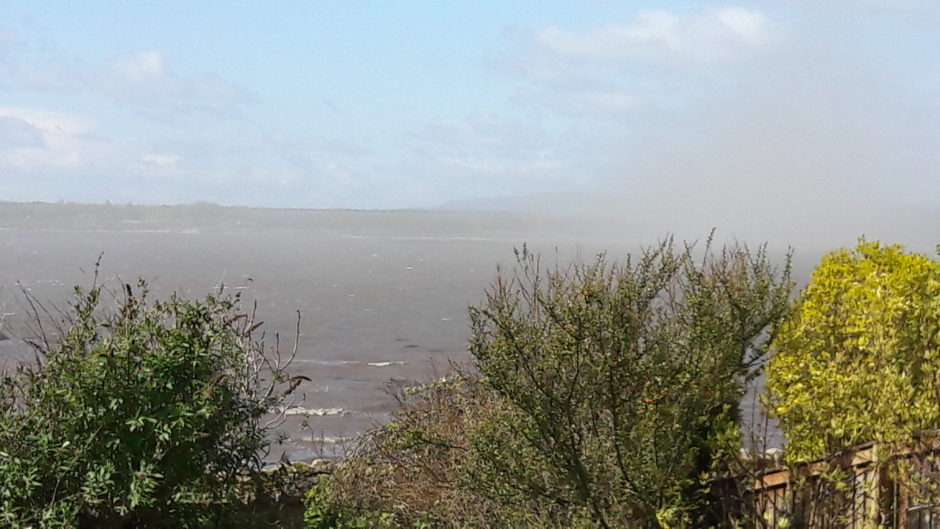
A report to the Fife Council committee says: “The proposed capping of the remaining ash lagoons is one of the final chapters in the Longannet Power Station story, and is necessary to allow the applicant to surrender the Pollution Prevention and Control permit and to guard against any recurrence of windblown ash detrimentally affecting local residents, as occurred in 2017.”
It is a requirement of the previous planning permission that the site is capped and restored.
Locals previously raised fears the dust clouds contained toxic chemicals such as asbestos but the Scottish Environment Protection Agency said this was not the case.
However, NHS Fife’s director of public health advised residents to keep their windows shut and people with respiratory illnesses were told to stay indoors because fine dust could aggravate conditions such as asthma.
Since then, as a temporary measure, water has been pumped into the lagoons to prevent them from drying out.
The plans being put before councillors on Tuesday involve filling in and landscaping the flooded lagoons. One will be designed to continue to flood in wet weather.
The proposal differs from the original plans put to a consultation in 2018.
It now includes a 40ft high wind turbine, which will power a water management system.
RSPB Scotland and NatureScot, formerly known as Scottish Natural Heritage, originally objected to the loss of open water habitat for birds but withdrew their objections after discussions with Scottish Power which resulted in the plans being amended.
A balance had to be struck between finding a suitable proposal for the site on the banks of the Forth, which is next to a Site of Special Scientific Interest (SSSI) and Special Protection Area (SPA), and allaying residents’ concerns about open water being a breeding ground for mosquitoes.
The planning report says areas of standing water would be reduced to the minimum area acceptable.
“It is envisaged that the reduction in the size and amount of large open areas of standing water will safeguard local communities from any possible insect nuisance,” ut adds.
If approved, the project is expected to take between 12 and 18 months to complete.
